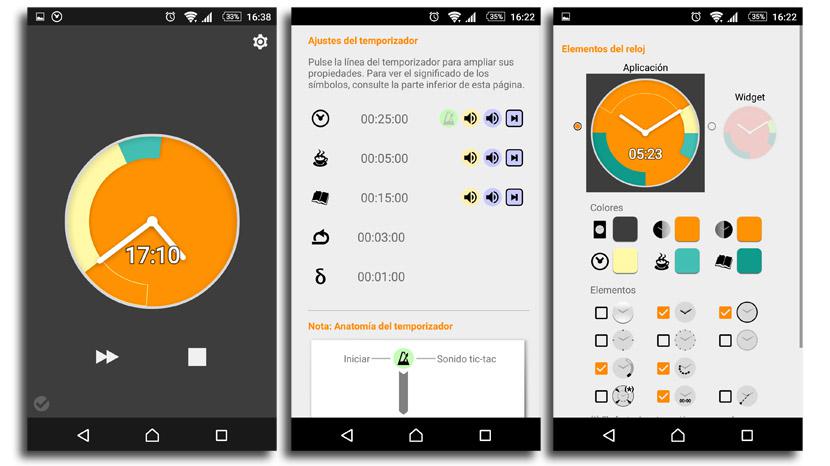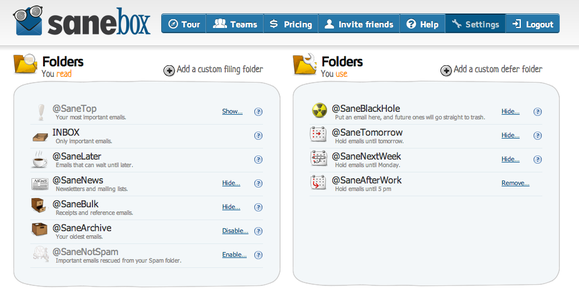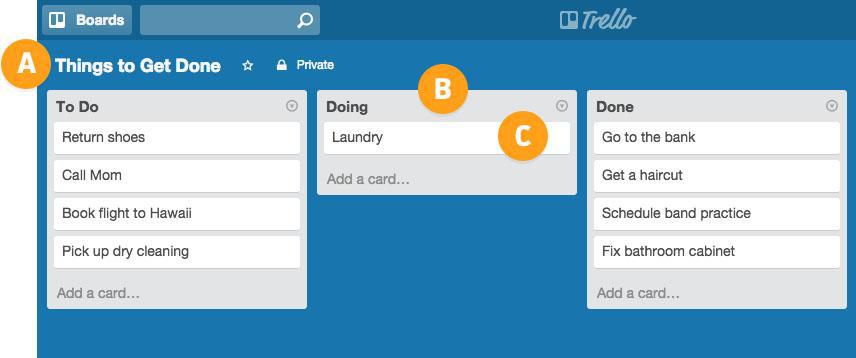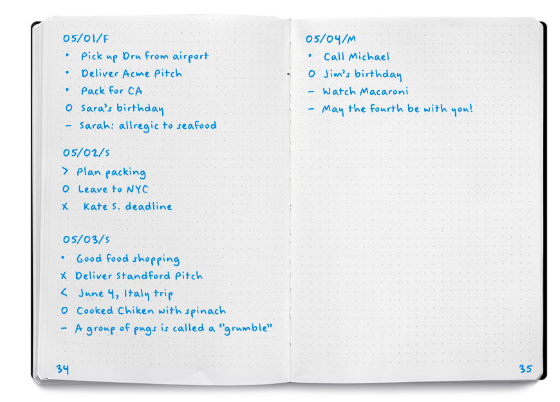When chaos is the order of the day, employees need to leverage on tools to help keep their head together and stay ahead

Getting work done in a hyper fast-paced tech-driven environment can prove to be a challenge — distractions abound. As I am writing this, email and Facebook notifications are popping up on my phone sitting next to me, and despite the fact I have both tabs sitting right in my browser, I am still tempted to unlock my phone and check it.
But, this is just one of the many hindrances that prevent employees in companies — besides long, draggy meetings — from having a fruitful, productive workday. For some, productivity is bogged down by unnecessary paperwork; others, from a cluttered work desk and mind; and others, well, from a cocktail of all these and more. So, for those tearing their hair out, desperately scouring the Internet for solutions, you have landed on the right page.
Here are five essential tools that will boost productivity in the workplace.
1. Clockwork Tomato
For those who desire their mental faculties to be nimble and agile — a good, regular dose of Clockwork Tomato may help. This app makes use of the “Pomodoro Technique” (Pomodoro is the Italian word for tomato, hence the name), a time management method that breaks down work into intervals of 25 minutes followed by short breaks, allowing users to be focussed at their tasks.
First, there are a few preset timer options: 25 minutes for work (Pomodoro timer), 15 minutes for reading or five minutes for a coffee break. Users then set their preferred alerts; an alert before the session ends and another alert at the end of a session. They can also choose to start a different session or extend the current session.
If forgetfulness is a perennial issue, users can sync Clock Tomato with task automation app Tasker, to launch tasks in tandem with the timers.
With all its customisations and options, it will definitely take a while for the average user to become familiar with all of the app’s functions, but it will be well worth it.for users who need deep focus to work.

2. Grab for Work
A ride hailing app is not exactly synonymous for enabling productivity; but Grab has recently launched its “Grab for Work” platform, which aims to help businesses streamline and simplify corporate taxi transport administration processes for employees and employers .
Receipts are the bane for both HR and employees when it comes to expense claims; they fade quickly and are easily misplaced – especially taxi receipts, which are infinitesimal. In place of this, Grab for Work sends digital receipts directly to the employers’ inboxes reducing paperwork and time wastage.
Grab for Work also allows employees to use a multitude of payment methods — cash, debit cards, corporate credit cards and personal credit cards — for corporate transport and integrate them into the claims process.
The platform also consolidates statements so managers can easily keep track of employees’ travel behaviour and the company’s cash flow (there is also an option for a monthly direct billing plan), thus allowing them to better manage the company’s corporate travel expenses by implementing policies such as location / time based restrictions in order to reduce unnecessary expenditure.
Grab for Work is available for all of Grab’s rides — across Southeast Asia — including bike, standard taxi, private car, executive car and 6 to 13-seater.

3. SaneBox
Email clients such as Gmail do a fairly decent job in sorting out emails deemed as important or frivolous and emails that should be banished to the netherworld of the web. But they are not perfect and still rack up hundreds of non-essential emails in the main inbox.
SaneBox tackles this pain point by applying an extra filter to incoming emails so only important ones reach the inbox, it then dumps the unimportant ones into another folder called SaneLater. It uses an algorithm that analyses past interactions to determine which ones are critical. To ensure data confidentiality and security, SaneBox does not scan the whole message; only the header.
If SaneBox sends an email to a wrong folder, you can manually assign to the correct folder and SaneBox will automatically apply that preference to all future emails from the same person. Besides its filtering system, SaneBox also allows users to set reminders to surface non-essential emails when it is convenient, as well as notifications for sent emails that have not been responded to after preset time.

4. Trello
For teams of any and every size, Trello is a rich, indispensable tool to help you assign and organise tasks among your colleagues. One of its key selling points is its intuitive user interface — which is designed to like a bulletin board. At one glance, users can view all the tasks under their purview without having to wade through clusters of information.
A click on each task shows all comments on the task, due date, members assigned to the task as well as the history of all the changes made to the task. Users can also attach additional files such as relevant images or documents. At any time the task is updated, every member assigned will be notified via email.
It is no wonder Trello’s user numbers have skyrocketed to past 10 million after it first launched in 2011.

5. Bullet Journal
This productivity tool is for those who want to go old school — to the days of quill pens and ink sets. Ok, maybe not that far back.
But productivity tool Bullet Journal is one for the analog lovers; all users need is a pen and a journal (tp reiterate: paper, not journal). It’s essentially a highly customisable system to help users organise events, tasks and notes. Like most modern software, it utilises a system of symbols to differentiate those of high priority, those are on the to-do list, and those that are already completed, etcetera.
Take for example Tasks: users mark an X if the task is completed, a > if the task has been migrated, or a < if the task is scheduled.
Users also can form threads linking related tasks or events together through page numbers to form a collection.

–
Disclosure: This article was produced by the e27 content marketing team and brought to you by Grab for Work.
The post 5 cool tools to hack productivity in a startup appeared first on e27.